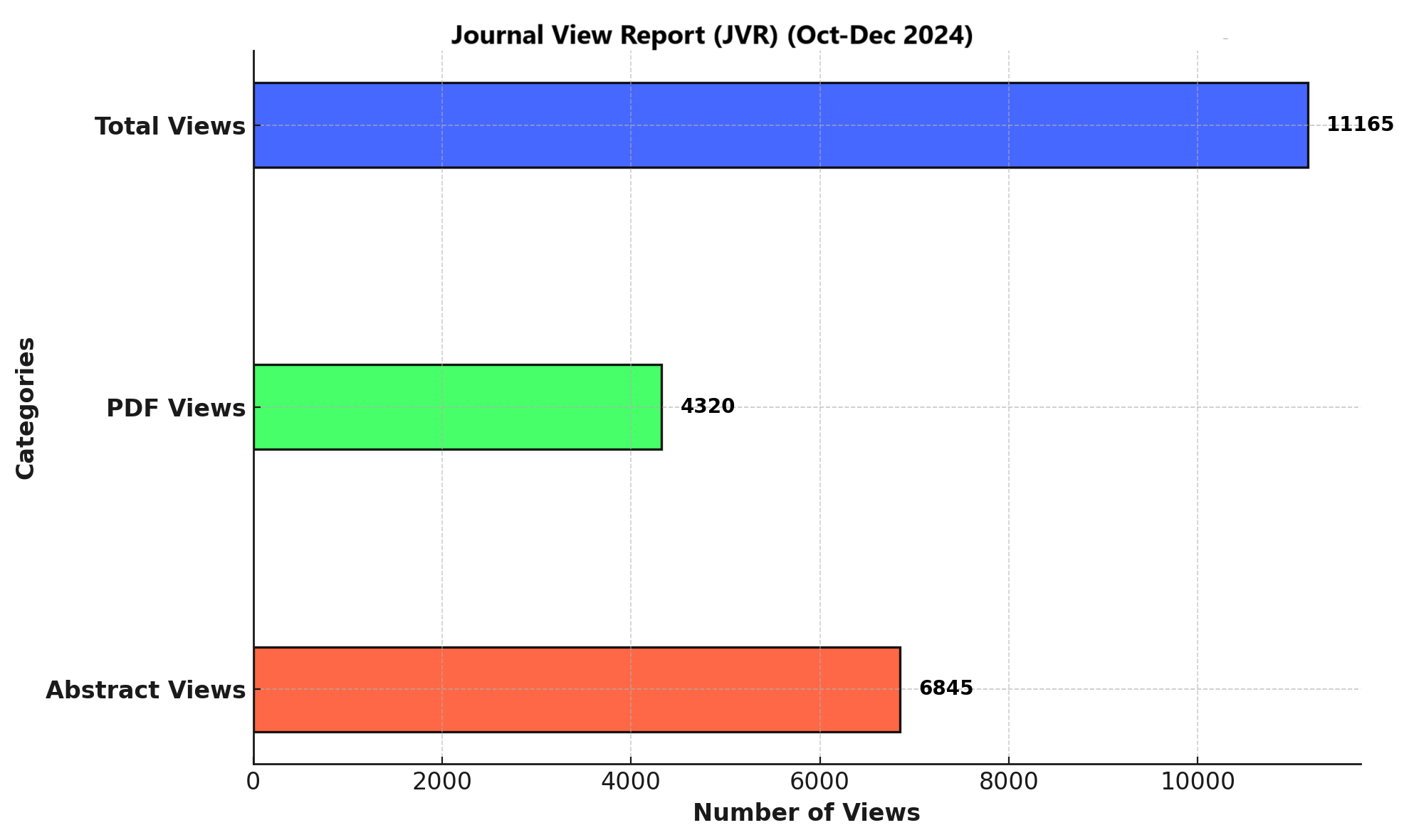FREQUENCY OF LYMPHOPENIA IN MODERATE TO SEVERE COVID 19 PATIENTS
DOI:
https://doi.org/10.71000/ijhr123Keywords:
COVID-19, lymphocyte count, lymphopenia, mortality, predictive markers, severity, ventilationAbstract
Background: Lymphopenia, a decrease in lymphocyte count, is frequently observed in severe COVID-19 cases and may indicate disease severity. This retrospective study aimed to identify factors predictive of lymphopenia, evaluate its relationship with COVID-19 severity, and assess its impact on mortality. Understanding lymphopenia’s role could enhance clinical assessment and management of high-risk patients, particularly those with pre-existing comorbidities.
Objective: To analyze the predictive factors for lymphopenia, establish its association with COVID-19 severity, and examine its effect on patient outcomes, including mortality.
Methods: This retrospective, single-center observational study included 500 COVID-19 patients admitted to the Intensive Care Unit (ICU) between 2020 and 2023. Patients were divided into two groups based on lymphocyte counts: 300 patients (60%) with lymphopenia and 200 (40%) without. Demographic, clinical, and laboratory data, including CT scan findings and inflammatory markers, were collected. Statistical comparisons were made to identify differences between groups, and key outcomes such as mortality, ICU interventions, and length of hospital stay were evaluated.
Results: Of the 500 patients, the lymphopenia group had a median age of 65 years, significantly higher than the 62 years in the non-lymphopenia group. Lymphopenia patients had higher rates of diabetes and hypertension. Elevated levels of CRP (190.27 mg/L) and LDH (583 U/L) were noted in the lymphopenia group, with a significant association between lymphopenia and CT scan severity. While lymphopenia patients required more non-invasive ventilation (110 cases) and invasive ventilation (150 cases), lymphopenia also correlated with a higher mortality rate (100 vs. 20 in non-lymphopenia).
Conclusion: Lymphopenia is prevalent in severe COVID-19, particularly among older adults and patients with comorbidities, and serves as a potential marker for adverse clinical outcomes. Further studies are needed to establish lymphopenia’s predictive role in COVID-19 severity and prognosis, supporting its inclusion in clinical assessments.
Downloads
Published
Issue
Section
License
Copyright (c) 2024 Shafiq Ahmad, Ajmal Khan, Muzamil Mahmood, Waqar Kabir, Sajjad Ahmad, Syed Nadeem Badshah (Author)

This work is licensed under a Creative Commons Attribution-NonCommercial-NoDerivatives 4.0 International License.







